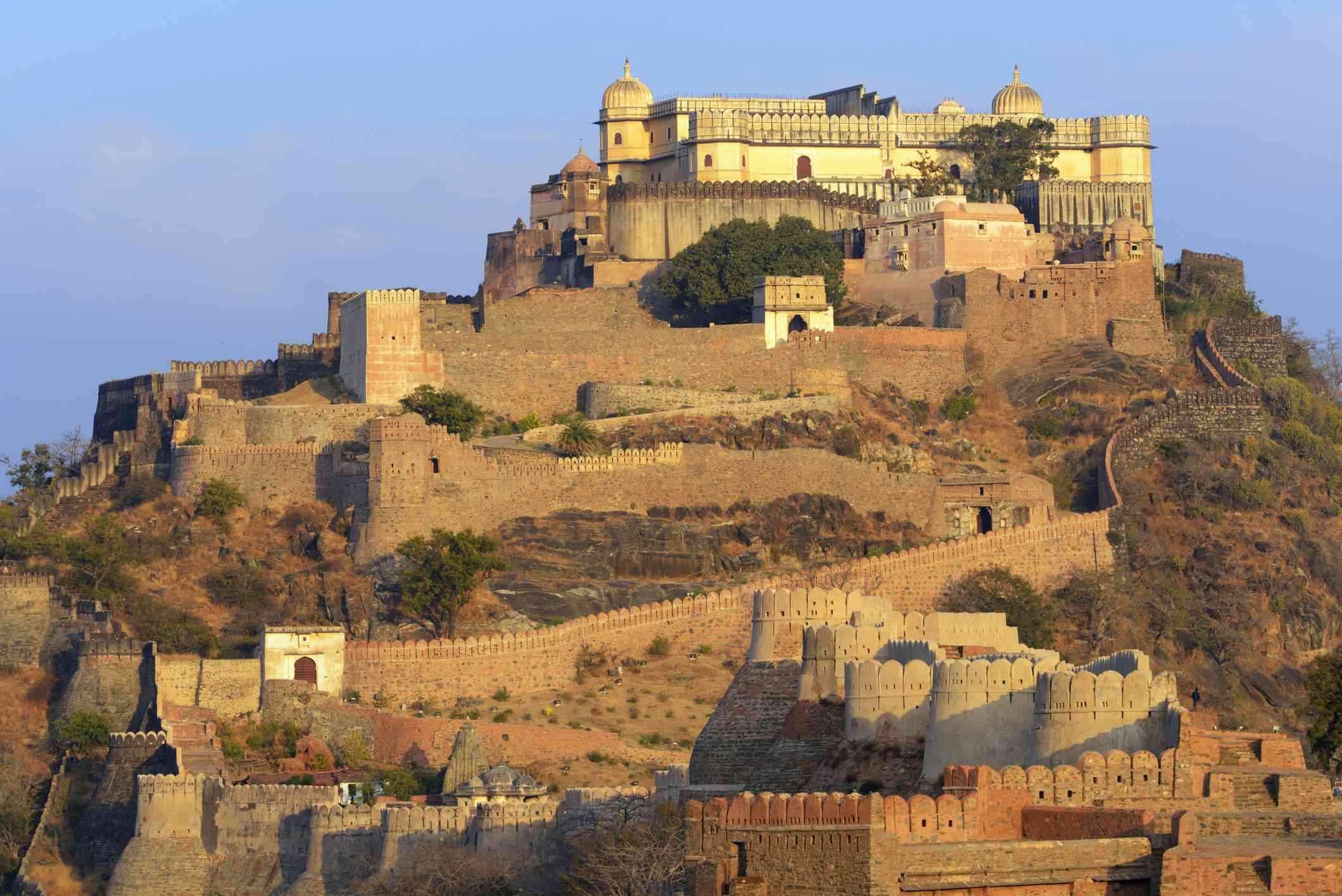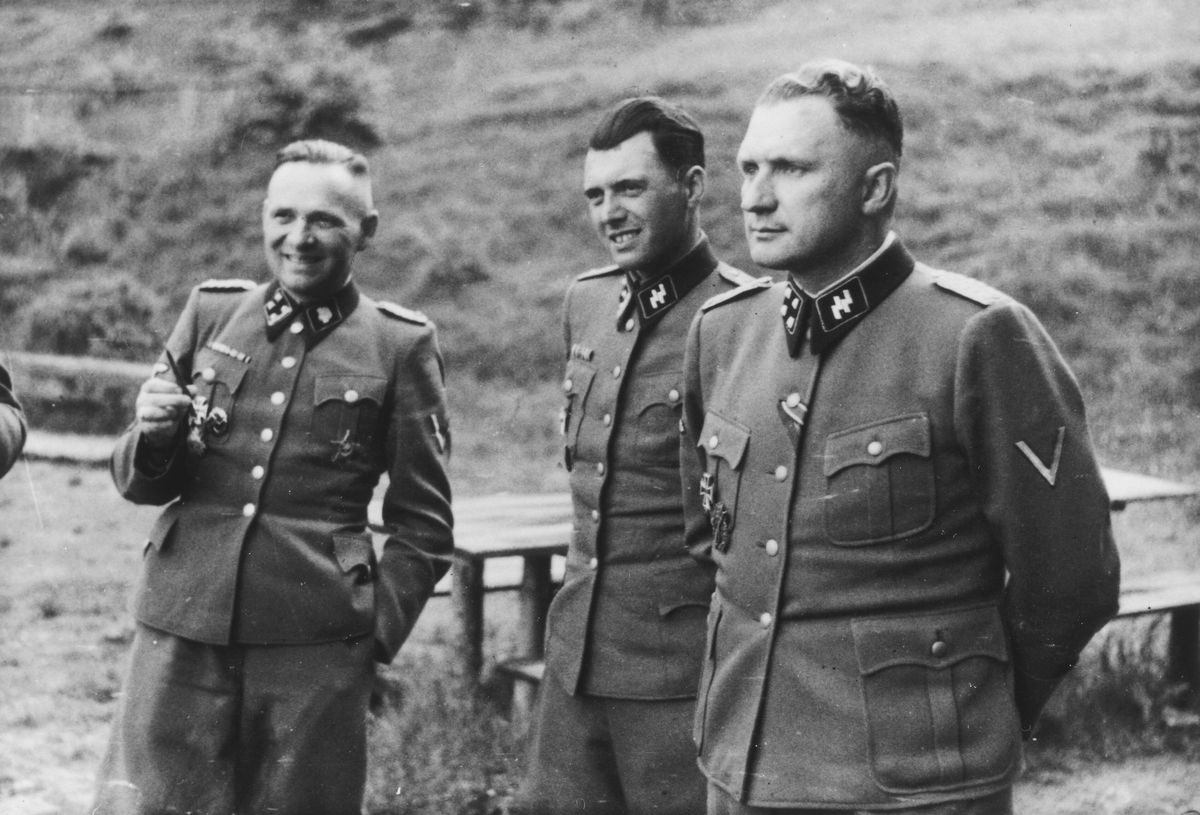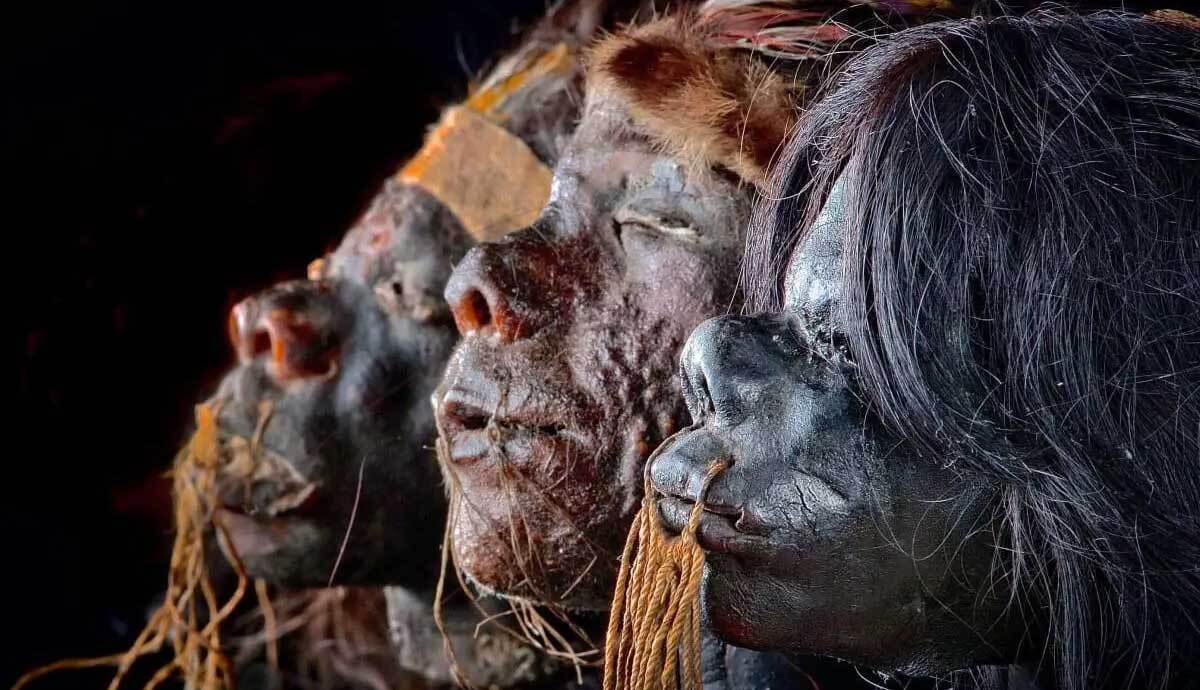
The Kumbhalgarh Fort, located in the western Indian state of Rajasthan, is a testament to the grandeur and engineering brilliance of ancient India. Built during the 15th century by Maharana Kumbha, this iconic fort is renowned for its massive walls, intricate architecture, and breathtaking views of the surrounding Aravalli mountains. Spanning over 36 kilometers, the fort boasts the second longest wall in the world, after the Great Wall of China. Beyond its architectural marvels, Kumbhalgarh Fort is steeped in history and has witnessed numerous battles and invasions over the centuries.
In this article, we will explore 20 intriguing facts about Kumbhalgarh Fort that highlight its significance, cultural heritage, and unique features. From its mystical origins to its impressive defenses, each fact will take you on a journey through the fascinating history and legends surrounding this majestic fort.
Key Takeaways:
- Kumbhalgarh Fort’s 36-kilometer wall, second only to the Great Wall of China, has never been breached, showcasing the Rajput’s formidable defense and engineering prowess.
- The fort’s rich history, vibrant culture, and breathtaking architecture make it a must-visit for history enthusiasts and those seeking to immerse themselves in Rajasthan’s heritage.
Impenetrable Walls
The fort is renowned for its 36-kilometer long wall, which is considered second only to the Great Wall of China. These fortifications are so formidable that they have never been breached.
A UNESCO World Heritage Site
In 2013, Kumbhalgarh Fort was recognized as a UNESCO World Heritage Site, joining the ranks of other prestigious landmarks around the world.
Birthplace of Maharana Pratap
Kumbhalgarh Fort is the birthplace of Maharana Pratap, one of the greatest warriors in Indian history. He valiantly resisted Mughal emperor Akbar’s forces and became a symbol of Rajput bravery.
Magnificent Architecture
The fort showcases impressive Rajput architecture and boasts over 360 temples, including the famous Shiva Temple built during the reign of Maharana Kumbha.
Light and Sound Show
Kumbhalgarh Fort offers a captivating light and sound show every evening, narrating the tales of its glorious past. It is a mesmerizing experience for visitors.
The Badal Mahal
The Badal Mahal, also known as the Palace of Clouds, is an exquisite palace inside the fort offering breathtaking views of the surrounding landscape.
A Wildlife Sanctuary
Surrounded by the Kumbhalgarh Wildlife Sanctuary, the fort is home to a wide range of flora and fauna, including panthers, leopards, and various species of birds.
Ancient Water Storage System
Kumbhalgarh Fort boasts an intricate water storage system to meet the needs of its inhabitants during periods of drought or siege. The system has over 700 wells and numerous tanks.
The Mardana Mahal
The Mardana Mahal, or the Hall of Heroes, is a majestic structure within the fort that showcases the valor of the Rajput warriors.
The Vimana Mandapa
The Vimana Mandapa is an extraordinary structure within the fort, adorned with beautiful carvings depicting scenes from Hindu mythology.
The Highest Tower
The fort features the highest tower in the state of Rajasthan, offering panoramic views of the surrounding countryside.
Hosting the Maharana’s Army
Kumbhalgarh Fort was designed to provide shelter for the entire population of the kingdom, including the army and their horses.
A Strategic Location
The fort’s strategic location atop the Aravalli hills made it an ideal defensive stronghold, providing a vantage point to monitor the surrounding territories.
A Symbol of Resilience
Kumbhalgarh Fort has withstood numerous battles and sieges, serving as a testament to the resilience and strength of the Rajputs.
The 7th Largest Wall in the World
The wall surrounding Kumbhalgarh Fort is the 7th longest wall in the world, truly a remarkable engineering feat of that era.
The Maharana Pratap Museum
The fort houses the Maharana Pratap Museum, which displays a collection of artifacts and memorabilia related to the legendary Rajput warrior.
The Festival of Kumbhalgarh
Every year, Kumbhalgarh hosts a vibrant festival that showcases the region’s rich culture and heritage, attracting tourists from far and wide.
The Fateh Prakash Palace
The Fateh Prakash Palace within the fort, originally built as a hunting lodge, now serves as a luxury hotel where visitors can experience regal hospitality.
Witness to History
Kumbhalgarh Fort has witnessed significant historical events, including the birth and coronation of several Rajput kings.
Eternal Flame
Kumbhalgarh Fort houses an eternal flame, symbolizing the courage and indomitable spirit of the Rajput warriors who defended the fort.
These 20 intriguing facts about Kumbhalgarh Fort showcase its historical significance and architectural excellence. Visiting this impressive fortress is a must for history enthusiasts and those seeking to immerse themselves in the rich heritage of Rajasthan.
Plan your trip to Kumbhalgarh Fort and witness firsthand the grandeur of this magnificent structure that stands tall as a testament to the valor and resilience of the Rajputs.
Conclusion
In conclusion, Kumbhalgarh Fort is a fascinating historical landmark with a rich history and intriguing facts. From its impressive architecture to its strategic location, this fort offers visitors a unique glimpse into the past. Whether you are a history enthusiast or simply appreciate the beauty of ancient structures, Kumbhalgarh Fort is definitely worth a visit. With its breathtaking views, intricate designs, and intriguing stories, it is sure to leave you amazed and inspired. So, plan a trip to Kumbhalgarh Fort and immerse yourself in the grandeur and mystery of this magnificent landmark.
FAQs
1. When was Kumbhalgarh Fort built?
Kumbhalgarh Fort was built in the 15th century, with construction beginning in 1443 AD.
2. How long is the wall surrounding Kumbhalgarh Fort?
The wall surrounding Kumbhalgarh Fort extends for a staggering length of approximately 36 kilometers.
3. How many temples are there inside Kumbhalgarh Fort?
There are over 300 temples housed within the premises of Kumbhalgarh Fort, making it a significant religious site.
4. Is Kumbhalgarh Fort open to the public?
Yes, Kumbhalgarh Fort is open to the public and welcomes visitors throughout the year.
5. Are there any accommodations available near Kumbhalgarh Fort?
Yes, there are several accommodation options available near Kumbhalgarh Fort, ranging from luxury hotels to budget-friendly guesthouses.
6. Can I hire a guide at Kumbhalgarh Fort?
Yes, there are experienced guides available at Kumbhalgarh Fort who can provide detailed information about the fort’s history and architecture.
7. Is photography allowed inside Kumbhalgarh Fort?
Yes, photography is allowed inside Kumbhalgarh Fort, so you can capture the beauty of the fort and its surroundings.
Was this page helpful?
Our commitment to delivering trustworthy and engaging content is at the heart of what we do. Each fact on our site is contributed by real users like you, bringing a wealth of diverse insights and information. To ensure the highest standards of accuracy and reliability, our dedicated editors meticulously review each submission. This process guarantees that the facts we share are not only fascinating but also credible. Trust in our commitment to quality and authenticity as you explore and learn with us.


